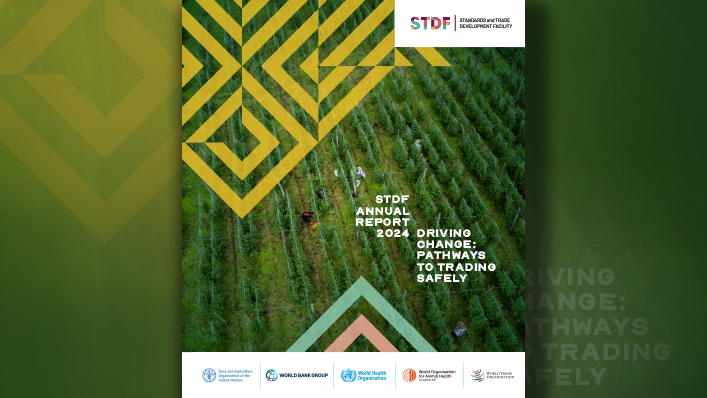New Delhi, Apr 23 (KNN) Finance Minister Nirmala Sitharaman announced on Monday that India plans to increase its manufacturing sector’s contribution to GDP from the current 12 per cent to approximately 23 per cent over the next two decades, as part of a broader strategy to generate employment and stimulate economic growth.
Speaking at Stanford University’s Hoover Institution in California, Sitharaman explained that India is focusing on 14 identified sunrise sectors including semiconductors, renewable energy components, medical devices, batteries, and labour-intensive industries such as leather and textiles to enhance manufacturing’s role in the economy.
“Scaling up manufacturing is essential to absorb a youthful workforce, reduce import dependencies and build competitive global supply chains,” the Finance Minister stated, underscoring the importance of this initiative for India’s development trajectory.
Sitharaman observed that the world is undergoing a significant reset in manufacturing due to the fourth industrial revolution, with India experiencing parallel transformations.
She highlighted the current imbalance in India’s economic structure, noting that while the service sector contributes approximately 64 to GDP, manufacturing remains underdeveloped despite its potential.
The Finance Minister also addressed the rapid growth of India’s gig economy, projecting an increase from 7.1 million workers in 2021-22 to approximately 230 million by 2030. However, she emphasised this should not diminish focus on manufacturing growth.
To strengthen the manufacturing sector, the government has implemented production-linked incentive (PLI) schemes for the 14 sunrise sectors, with particular attention to industries offering substantial employment opportunities such as electronics, textiles, and leather.
Sitharaman emphasised that manufacturing plays a crucial role in binding societies and providing cohesion to communities through employment opportunities and financial strength.
She described manufacturing as a cornerstone of the economic transformation of nations from 19th century Britain to 21st century East Asia, noting its catalytic effect on skills development, infrastructure demand, and governance reforms.
When questioned about recent tariff actions by the Trump administration and their potential impact on India, the Finance Minister stressed that stability in government, policy consistency, and predictability in tax regimes are essential factors that allow for effective planning and execution of investments and growth strategies.
(KNN Bureau)








